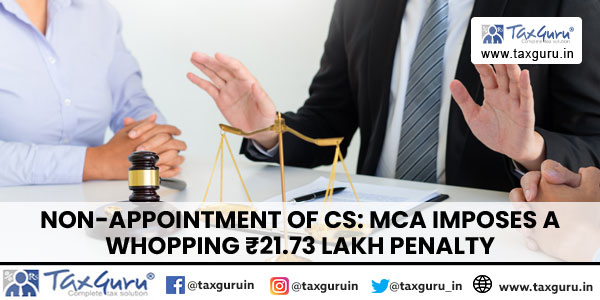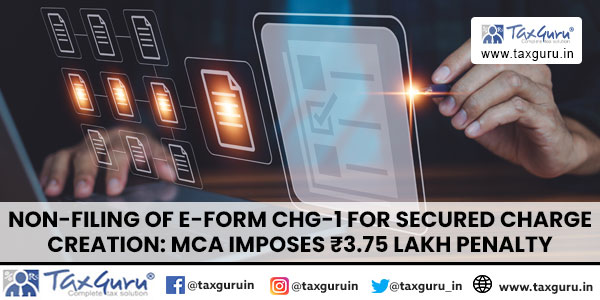Case Law Details
 Bird’s eye view on Brand name
Bird’s eye view on Brand name
A brand name is a unique name, symbol or picture that the owner may use to identify special products or services that distinguishes it from other. Brand name may confer a valuable market status to the goods or services to which they are attached, whether or not those goods or services are otherwise unique. In case, the owner of such a brand name allows its usage to another entity, then a fee is recovered as a mode of compensation which is generally known as brand royalty.
Controversy involved – Appropriate approach of benchmarking
Under the Indian Transfer pricing regulations (TPR) there has always been a long drawn controversy on the benchmarking of the transaction of payment of brand royalty by one Associated Enterprise (AE) to another AE. More often than not, it is seen that the payer of brand royalty is an Indian AE and accordingly it is required to substantiate its arm’s length nature of the transaction in its Transfer pricing study report.
In quite a number of instances, the Indian AE being the taxpayer benchmarks the said transaction by aggregating it with other international transactions under Transactional Net Margin Method (TNMM) on a contention that the same intrinsically linked to its other international transactions. In other words, the taxpayer contends that its operating margin is higher than the comparable companies even after making the payment towards brand royalty and accordingly the said transaction is at arms length. However, the Transfer Pricing Officers (TPO) tend to adopt the Arm’s length Price (ALP) of the said transaction as NIL by contending that the taxpayer has failed to satisfy the benefit test i.e. a benefit has accrued out of usage of such brand name. So a question arises whether the aggregation methodology is an appropriate approach to benchmark such kind of transactions?
Ruling in the case of Goodyear India
The Hon’ble Income Tax Appellate Tribunal (ITAT), Delhi, pronounced a ruling in the case of Goodyear India Limited (Goodyear India) wherein the ITAT accredited a direct nexus between the manufacturing activities of the taxpayer and the payment of brand royalty, and thus ruled that ALP can be determined for such payment under aggregation approach at the entity level for manufacturing activities.
Facts of the case
- The taxpayer, a subsidiary of Goodyear Tyre and Rubber Company (Goodyear USA), is engaged in the manufacturing and trading of tyres for passenger cars and commercial vehicles. It supplies tyres to third parties in India and caters to replacement market as well as export
- During the relevant year, the taxpayer made payment of brand royalty as per the Trademark License Agreement entered into with the Goodyear, USA. As per this agreement, the taxpayer was granted a right to use the name “Goodyear” in its company name, and to use the licensed trademarks in respect of all the products, services, advertisement and promotional materials dealt in by the taxpayer for a brand royalty calculated at 3% of net sales [1% of domestic sales and 2% of the export sales of its manufactured products].
- The payment of brand royalty was benchmarked by taxpayer by aggregating it with the other international transactions under the manufacturing segment under TNMM.
- During assessment proceedings, the TPO contended that the taxpayer has not satisfied the benefit test and accordingly held the arm’s length price of the brand royalty as “NIL”. Thereafter, the Dispute Resolution Panel (DRP) confirmed the TP adjustment made by the TPO.
Consequently, the taxpayer filed an appeal before the ITAT.
Ruling given by the ITAT
- The ITAT acceded with the taxpayer’s submission that the entire operation of the taxpayer was based on the rights and license to manufacture the automobile tyres and tubes, for which brand royalty was paid. The ITAT also agreed that the international transactions of the taxpayer primarily related to its business of manufacturing of tyres and such international transactions are closely “interlinked”.
- Additionally, the ITAT disagreed with the contention of the Revenue that no recognizable benefit was received by the taxpayer from the “Goodyear” brand.
- Further, ITAT placed reliance in the case of Maruti and Lumax and held that there was a direct nexus between the revenue earned by the taxpayer and the payment of brand royalty made to the AE for using the brand name. Therefore, it would not be correct to analyze the transaction of payment of royalty in isolation. Accordingly, the ITAT held the payment of royalty to be at arm’s length as the operating margin of the taxpayer in the manufacturing segment was higher than the comparable companies.
Conclusion
The ruling in the case of Goodyear India has been welcomed by many of the taxpayers and has dispirited the tax authorities to consider the ALP of the transaction pertaining to payment of brand royalty to be at NIL. It has also provided a green flag to taxpayers to consider aggregation as an appropriate method to benchmark such kind of transaction. Further, corroborating the aggregation methodology with a secondary exercise such as conducting a search on the publicly available databases to extract the third party rates in order to test the arm’s length nature of the transaction can add feathers to taxpayers cap (in such a scenario a cost-benefit analysis must be done before undertaking said exercise).
Nonetheless, it is always in the interest of the taxpayer to maintain documents that can substantiate the benefit test. It is a need of hour, that the Revenue authorities provide certain guidance on documentation requirements for such type of transactions taking into cognizance of what is practical and feasible, which will help the taxpayers to reduce the overall compliance burden and also reduce litigation significantly.
*The author is a Transfer Pricing Professional and the views expressed are strictly personal. He can be reached at harshilshah2010@rediffmail.com for any queries.


























